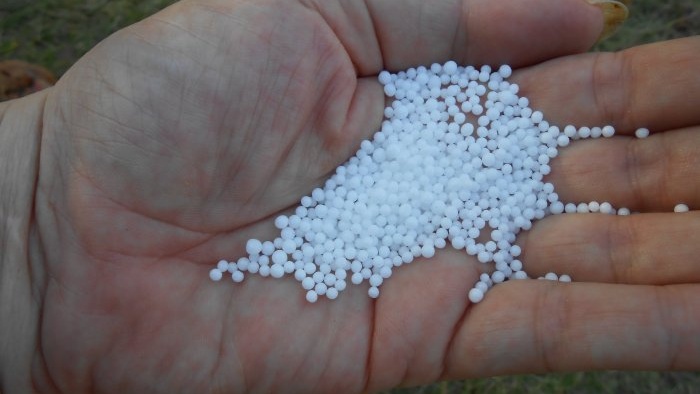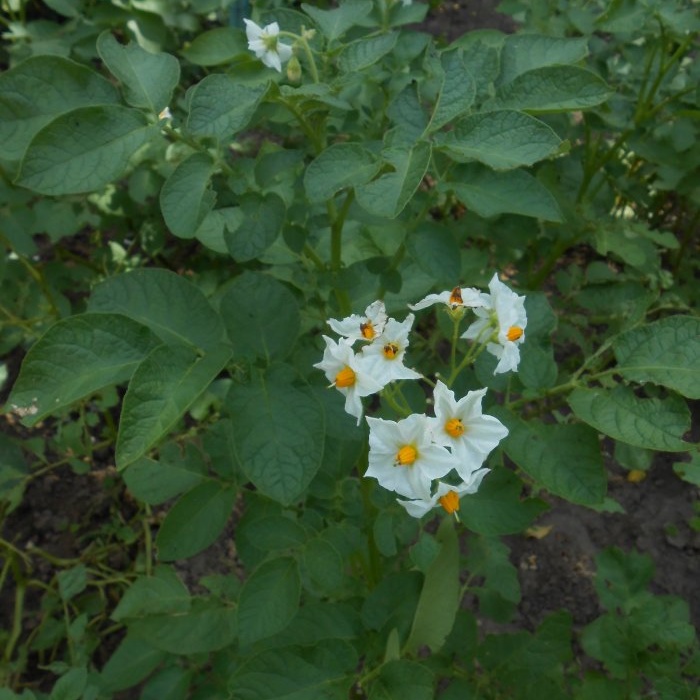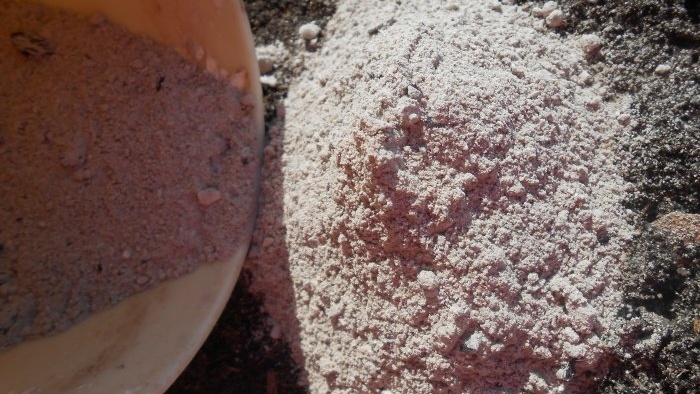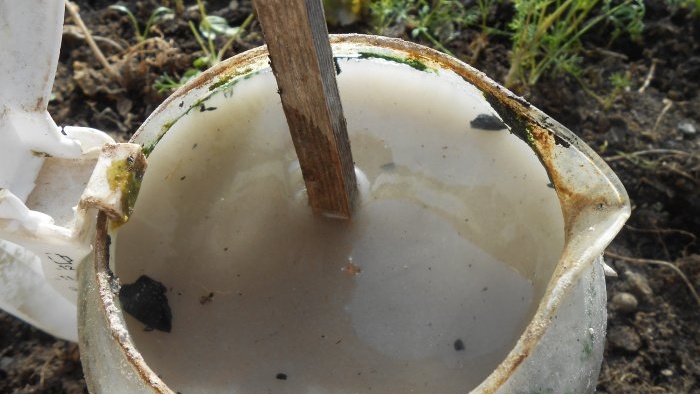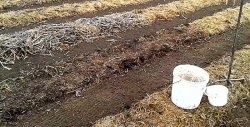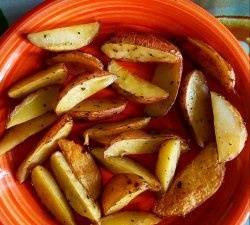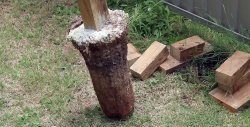Potatoes grown in your own summer cottage are always tastier and healthier than those purchased in a supermarket, especially if pesticides and synthetic fertilizers were not used during cultivation. Therefore, many gardeners annually devote several beds, and even an entire plantation, to the crop, trying to meet their family’s needs for environmentally friendly tubers until next summer.
And this despite the fact that growing potatoes is a very, very labor-intensive task. It is enough just to remember the irreconcilable fight against Colorado potato beetles, which survive in any conditions, as well as the need to hill up the bushes of late varieties of nightshade crops at least twice during the growing season.
In order to annually harvest a stable potato harvest, it is necessary to adhere to the agricultural technology of the crop, performing a number of mandatory activities:- planting tubers in fertile, that is, seasoned with organic and mineral fertilizers, and well-structured soil;
- use of healthy planting material;
- use of highly productive plant varieties;
- applying fertilizers under the roots and along the leaves - root and foliar feeding;
- weeding and loosening of plantings at the beginning of the growing season;
- hilling bushes;
- organizing irrigation during dry summers at least once every 5 days;
- treatment of tubers before sowing and seedlings in beds with insecticides and fungicides, both industrially produced and of biological origin, to protect against diseases and pests.
Four ways to improve the commercial quality of potato tubers
With the help of simple agricultural techniques, you can easily increase the yield of a potato plantation and get a record harvest of tubers. Here are several time-tested ways to improve the commercial quality of potatoes.
Mulching of plantings
Light mulch made from hay, husks or straw, spread in a thick layer under bushes and between potato rows, performs several functions at once. Its main purpose is to protect the soil from overheating in the summer heat. At high temperatures in the soil mixture, potato bushes stop growing and tubers stop increasing in size.
In addition, mulch inhibits the evaporation of valuable moisture, reducing the frequency of watering, and prevents weeds from growing. And the presence of a layer of organic matter prevents the formation of a dense soil crust on clay soils, eliminating the need to loosen the plantation after each watering and rain. According to reviews from experienced vegetable growers, potato yields when grown under hay or straw increase by 25-30%.
Application of nitrogen fertilizers
Before flowering, potatoes need to be fed twice, using any fertilizer with a predominance of nitrogen. The cheapest option is to use mono fertilizers: ammonium nitrate, urea, ammonium sulfate.
However, these compounds have a negative effect on the soil and plants. Their regular use leads to disruption of the biochemical composition of the soil and the accumulation of nitrates hazardous to health in tubers.
It is much more effective to use modern complex fertilizers (mineral, organic and organomineral) for potatoes, containing, in addition to nitrogen, valuable macro- and microelements: potassium, phosphorus, magnesium, iron, sulfur, molybdenum, boron, manganese, copper, zinc, etc. as well as humates and humic acids. Specialized fertilizers developed taking into account the mineral nutrition of nightshade crops are especially productive.
According to reviews from gardeners, the following fertilizers have proven themselves to be effective in increasing yields: “OMU potato”, “Nutrivant plus”, “Fasco”, “Fertika spring for potatoes”, “NOVOFERT POTATOES”, “Helatin potato”, “Siberian GIANT potato”. The chelated components of such formulations are easily absorbed by the potato root system.
Fans of biological farming, who fundamentally do not use synthetic fertilizers on their plot, at the beginning of the growing season fertilize the potatoes with either a fermented infusion of nettle, comfrey and grass (the so-called green fertilizer), or a solution of fresh slurry (1:5), or an infusion of chicken or any other bird droppings (1:20).
Nitrogen feeding of potatoes at the root is carried out after the bushes have grown to a height of more than 6-7 cm. The plants are fed twice with an interval of 15 days. If there are signs of mineral starvation, such as stunted growth and pale color of the tops, in addition to root feeding, it is recommended to treat the seedlings with the same nutritional compositions on the leaves.Foliar feeding from a fine spray bottle is carried out several days before watering the seedlings at the root.
Application of potash fertilizers
After flowering begins, potatoes are fertilized with compounds with a predominance of potassium and a minimum amount of nitrogen, for example, potassium sulfate or potassium salt. Modern fertilizers with potassium, phosphorus and microelements, for example, “Kristalon brown” or “Plantafol 5.15.45” have proven themselves to be excellent. Fertilizers with potassium for potatoes are applied twice with an interval of 2 weeks.
No less effective is the use of aqueous extracts from ash for nightshade plants. For a standard bucket of water, take 2 liter jars of sifted ash (without coals), the mother concentrate is infused for 2-3 days, after which it is diluted 1:10. The application rate is 1-2 liters for each bush, depending on the height of the seedlings’ stems (the higher, the more).
The same ash infusion, after filtering, is used for foliar treatment of plants from a spray bottle. Spraying plantings with this product is an additional biological method of protecting bushes from Colorado potato beetles. The event is carried out either early in the morning or after sunset, irrigating the tops from all sides.
Watering
In the southern regions and in hot summer conditions, potatoes must be watered once every 4-5 days, moistening the soil under the bushes to a depth of at least 20 cm. The lack of the required amount of moisture in the ground, especially in the middle of the growing season, when the process of formation and development of the underground part of the seedlings is intensive, is one of the main reasons for the crushing of tubers. You can refuse watering in cases where precipitation occurs regularly in your area - at least once a week.
The best option is to install drip irrigation systems, through which water flows directly to the root system of plants. Through such devices it is convenient not only to water the plants, but also to feed them. Nutrient solutions are supplied directly to the roots of the bushes, so the consumption of expensive fertilizers is significantly reduced.
As the practice of gardeners in the middle zone shows, the use of all four methods when growing potatoes allows you to almost double the crop yield. We wish you excellent harvests of root crops at your summer cottage every season!



